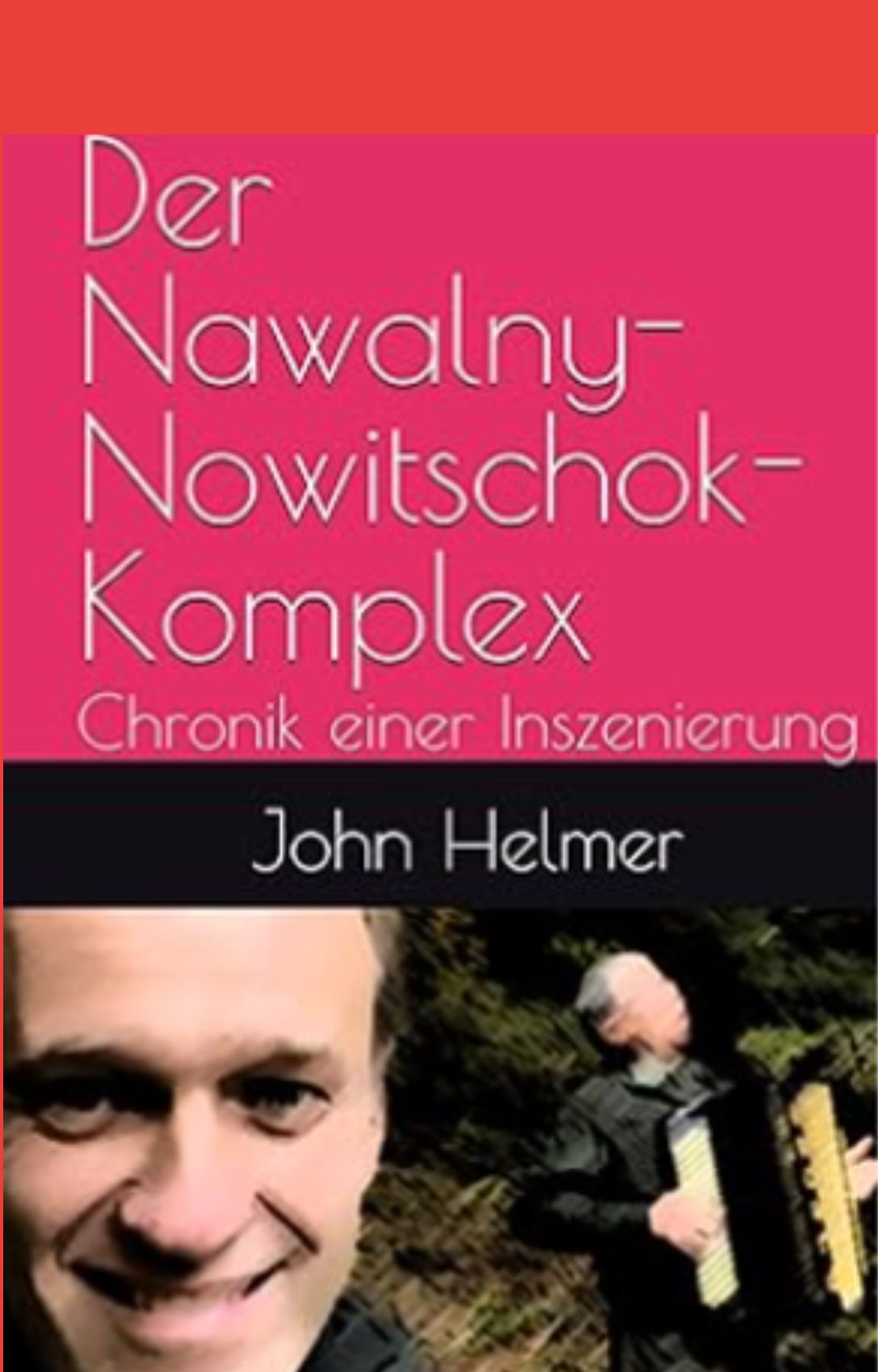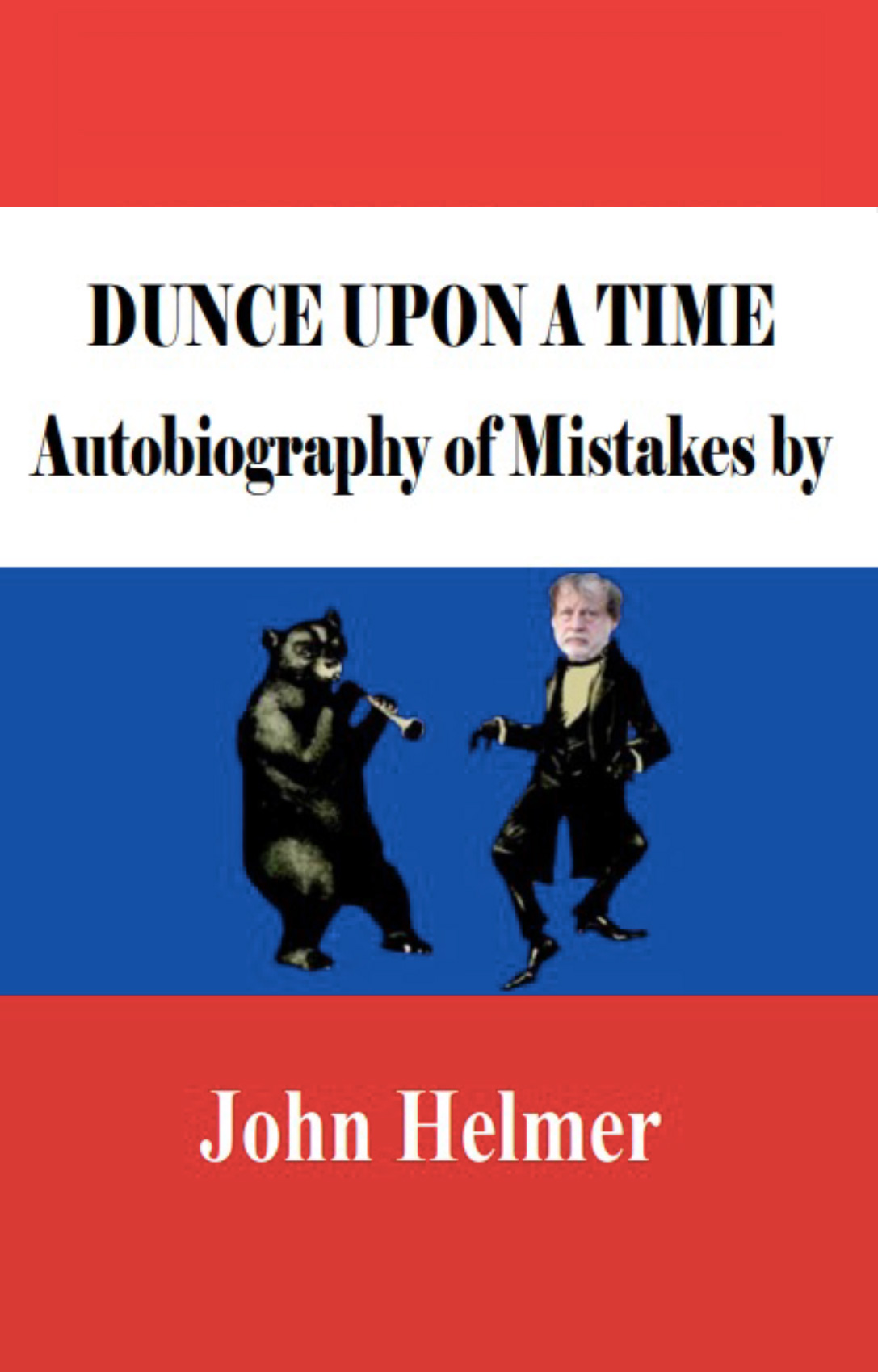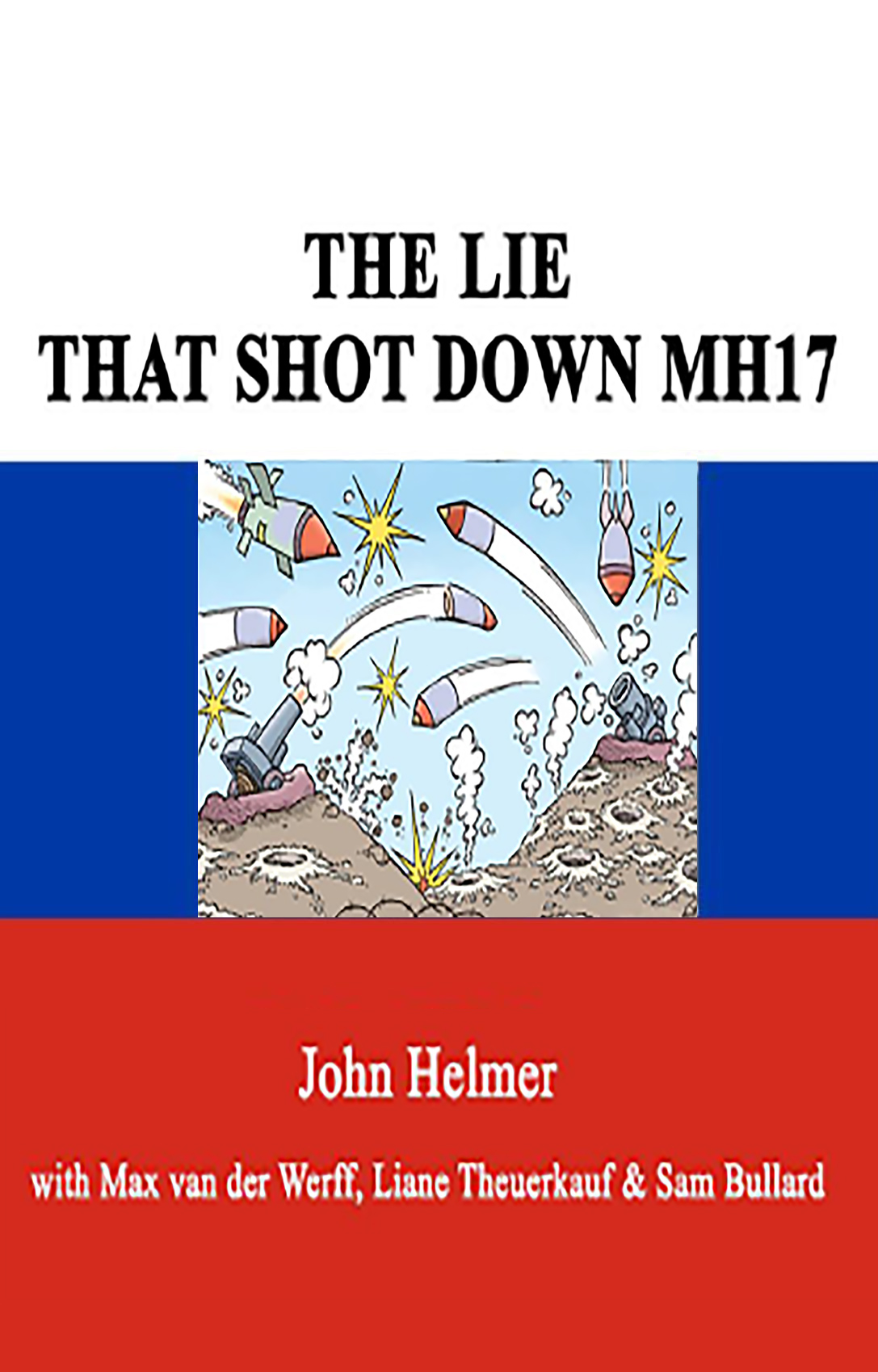May 8-July 3, 2009
Adam Waldman of The Endeavor Group, Washington, DC, for “correction” of media publications reporting that he is Oleg Deripaska’s lobbyist to recover Deripaska’s US visa, revoked by the US State Department in 2006
Registration with the US Department of Justice by Adam Waldman for The Endeavour Group, pursuant to the Foreign Agents Registratrion Act, May 8, 2009:
http://www.fara.gov/docs/5934-Exhibit-AB-20090508-1.pdf
Reports and correspondence
http://www.intelligenceonline.com/Identification/p_identification.asp?rub=login&lang=ANG&service=ART&context=BOI&doc_i_id=63906361
CORPORATE INTELLIGENCE
Deripaska in Frantic Bid for Visa
354 words
18 June 2009
Intelligence Online
INTON
596
English
Copyright 2009 Indigo Publications All Rights Reserved
Close to Hillary Clinton, the Endeavour company has been hired to obtain a visa for Oleg Deripaska.
Since July, 2006, the chairman of the aluminum giant Rusal, Oleg Deripaska, has lacked a visa for the United States: the State Department cancelled the former visa without explanation two years after issuing it. The travel ban could play havoc with the oligarch’s finances at a moment when he needs the most help. Rusal is currently negotiating for fresh terms with its creditors who are owed USD 7.4 billion. The talks with banks were almost completed as Intelligence Online went to press.
To help persuade the State Department to give him a new visa, Deripaska retained the services of a small lobbying concern, Endeavour Group, at the end of May. Run by Adam Waldman and Ashley Allen, Endeavor specializes in providing services to billionaire and show business personalities. It is particularly known for mounting philanthropic projects on behalf of its clients but it equally acts to resolve delicate private matters.
Deripaska’s choice of Endeavor to land him a visa was dictated by the fact the firm is close to secretary of state Hillary Clinton. One of the partners of Endeavor, Lorrie McHugh-Wytkind, was Clinton’s head of communications when she was a senator for New York state.
Some of the firm’s advisers are also close to the Clinton couple, including Bill Clinton’s former secretary of the interior, Bruce Babbitt. And financier Richard Blum, husband of the influential Democrat from California, Diane Feinstein, is also a consultant of Endeavor, as is Ed Mathias, one of the founders of the Carlyle equity fund. Mathias is also an adviser to the business intelligence concern Diligence, who worked for Deripaska for years.
Before taking his business to Endeavor, Deripaska had other firms working on his visa problem. One who banged on the State Department’s door on behalf of the oligarch was Bob Dole, former Republican senator and presidential candidate. Dole works as a lobbyist for the law firm Alston & Bird.
http://www.intelligenceonline.com/Identification/p_identification.asp?rub=login&lang=ANG&service=BRE&context=BOI&doc_i_id=64767470
CORPORATE INTELLIGENCE
02/07/2009 UNITED STATES
Clarification
Following publication of our article “Deripaska in Frantic Bid for Visa” in our last issue, the oligarch’s public relations firm in Washington, Endeavour, contacted Intelligence Online to specify that Lorrie McHugh-Wytkind, former head of communications for Hillary Clinton and a partner in Endeavour, was not involved in the firm’s work on behalf of Deripaska . The latter’s visa was withdrawn by the State Department in July, 2006 without explanation and he has been trying ever since to have a new one issued. Elsewhere, Endeavour said that Bill Clinton’s former interior secretary, Bruce Babbit, who sits on the company’s informal advisory board, has no contact with its customers. Endeavour also pointed out that it was not a lobbying concern, as Intelligence Online stated.
—– Original Message —–
To: jcooke@blumcapital.com
Sent: Thursday, July 02, 2009 11:31 PM
Subject: From Moscow — re Oleg Deripaska visa representation
FROM JOHN HELMER
MOSCOW BUREAU
President, Endeavour Group
2001 K Street, NW,
Washington, DC 20006
USA
Dear Mr Waldman:
I am the longest serving American correspondent in Russia. You may find background and samples of my coverage, which is published around the world, if you will go to the website address indicated in the header. My questions relate to the report of your firm’s engagement by Oleg Deripaska.
I am grateful to Ms Cooke for agreeing to convey to you, and the other appropriate members of your firm, my request for clarification of the matters arising from the recent reports by Intelligence Online
(www.intelligenceonline.com).
Regarding the June 18, 2009, report, and the July 2 “clarification”, would be kind enough to say:
1. Has your firm been engaged by Mr Deripaska? If so, when?
2. Is the purpose of the engagement to assist Mr Deripaska in securing State Department and other US Government endorsement for the issuance of a visa permitting him to enter the US?
3. Has your firm registered pursuant to the Foreign Agents Registration Act? If so, when?
4. What members of your firm have been designated to work on this engagement for Mr Deripaska?
5. Are you aware of, and do you believe to be true, US reports that in relation to the US visa matter, and other issues, Mr Deripaska met together with the Republican presidential and vice presidential candidates, prior to Election Day last year, on board a yacht outside the territorial limits of the US, in Canadian waters?
6. According to your website, Edward Mathias is listed as an advisor to your group. According to Intelligence Online, Mr Mathias is “also an advisor to the intelligence firm Diligence”. Are you aware, and has Mr Mathias made you aware, that Mr Deripaska is one of the proprietors of the Diligence firm?
I shall be obliged if you would respond by email, or by telephone, as soon as possible.
Should you decline to respond, you and your firm may be reported as refusing to respond.
With my thanks,
John Helmer
Moscow Correspondent
—– Original Message —–
From: Adam Waldman
Sent: Friday, July 03, 2009 12:58 AM
Subject: Your July 2 Fax
Dear Mr. Helmer:
I just received a copy of your fax (and have long been a follower of your fine coverage).
I would like very much to respond to your questions, and have requested permission from my client to do so. Mindful of the time difference, what is your deadline?
Kind regards,
Adam Waldman
Sent: Thursday, July 02, 2009 7:54 PM
To: Adam Waldman
Subject: Re: Your July 2 Fax
Dear Mr Waldman:
Thank you for your prompt response. I’d like to offer you as much time as you think reasonable with respect to those questions your client may oblige you to obtain his permission to answer, subject to the confidentiality provisions that prevail. I take it you have been in discussion with your client on this point for at least two weeks — since June 18, the publication date of the first report by Intelligence Online.
Your second sentence, and also the July 2 response to Intelligence Online, appear to answer Q1. With respect to Q3, I suppose it is to the US statute, not to Mr Deripaska’s permission, that your duty is owed.
Qs 5 and 6 relate to matters of fact occurring before the engagement; and so I have difficulty in seeing how your knowledge, or non-knowledge, of them can be subject to non-disclosure or withholding retrospectively.
With my thanks,
John Helmer
—– Original Message —–
From: Adam Waldman
Sent: Friday, July 03, 2009 6:49 PM
Subject: RE: Your July 2 Fax
Dear Mr. Helmer:
As a general matter, the Intelligence Online piece you inquired about did not make any attempt to contact my firm Endeavor or me before running its piece; I immediately sent Intelligence Online a correction of factual inaccuracies which they agreed to run. I am not a subscriber to their service but assume they have done so at this point. I sent a similar note to Harper’s, which cited the Intelligence Online piece, and they also agreed, and did indeed, print a correction.
I do appreciate, in contrast, your request for accurate information in advance of running a piece. The following are responses to your questions in the order you presented them:
1. Although Endeavor rarely comments publicly about any aspects of its engagement with clients, it is a matter of public record that we work with Mr. Deripaska.
2. The purpose of the engagement is to advise Mr. Deripaska and entities controlled by him on a range of commercial, regulatory and philanthropic matters. We have not had any engagement with the US government about any visa matters on his behalf. Our web site is www.theendeavorgroup.com – this will provide you some feel for our work.
3. Yes, and it is a publicly available filing.
4. The answer to your question is contained in the filing; but for your convenience my colleague Carolyn Mansfield and I work with Mr. Deripaska.
5. No such meeting has ever taken place and, consequently, no such discussion of visa or other issues ever happened.
6. Mr. Deripaska is not a proprietor of Diligence, or of any other intelligence firm.
I hope these factual clarifications are helpful to you.
Kind regards,
Adam Waldman
—– Original Message —–
To: Adam Waldman
Sent: Saturday, July 04, 2009 11:20 AM
Subject: Reply and follow-up questions
Dear Mr Waldman:
Thank you for taking time out of your holiday to respond, and for writing so painstakingly. At risk and with regret of interrupting your fireworks celebration, may I point out some problems that remain with your response:
Attached below is the full text of the “Clarification” published by Intelligence Online. There appears to be no “correction”, as you use the term or as you mean readers to understand it. The reference relating to Ms McHugh-Wytkind from your side clarifies what the original publication sourced to someone referring to Mr Deripaska’s intention in engaing your firm, not to what you say is your current or future “work”. I am persuaded that you are not denying the original report at all, or the implication that your firm was sought out for influence-peddling. Whether you wish to acknowledge that you accept Mr Deripaska’s idea of you (including Carolyn Mansfield) as an influence-peddler is a judgement that reasonable people are bound to be able to make if they have access to the full record.
Your two other clarifications in the Intelligence Online note — one related to Mr Babbit and one to the interpretation of the term lobbying — suggest the follow-up:
(1) Are you saying that you and Mr Babbit have gone through your list of assignments, clients, and “customers”, and have determined that Mr Babbit has had “no contact” with any of them?
(2) Are you saying that in relation to your engagement by Mr Deripaska, you and Ms Mansfield have made, and will make, no contact of any kind whatsoever with any US government official, any member of the US Congress, or anyone else connected such officials?
(3) Please clarify for me what is Ms McHugh-Wytkind’s association with your firm, and what contacts with what US Government officials she has made since she commenced with your firm, and in particular since May 8.
In relation to the wording of Question/Answer 2, you state: “The purpose of the engagement is to advise Mr. Deripaska and entities controlled by him on a range of commercial, regulatory and philanthropic matters. We have not had any engagement with the US government about any visa matters on his behalf.”
In the filing to the US Department of Justice which you signed on May 8, Registration Number 5394, at
http://www.fara.gov/docs/5934-Exhibit-AB-20090508-1.pdf
you state: “the agreement or understanding between the registrant and the foreign principal is the result of neither a formal written contract nor an exchange of correspondence between the parties”. Please explain how you reached your understanding with Mr Deripaska, and through what persons acting for him, and what persons acting for you?
You also state: “Endeavour Group is engaged at will by Mr Deripaska to provide general legal advice on issues involving his US visa as well as commercial transactions.” You repeat this point at Box 7 of the registration form: “”Endeavour Group provides legal and advisory services to the principal Mr Deripaska around US visa issues and commercial transactions.”
At Box 8, your work on the US visa issue is explained in greater detail: “Endeavor Group assists the principal Mr Deripaska in the preparation of a US visa application and advocates for US approval of such application”.
At Box 9, you state: “Endeavour Group expects to engage with the U.S. Government regarding the status of the foreign principal’s visa application”.
If all true, please explain:
(4) How your admissions to the US Government do not belie your claim to me: “We have not had any engagement with the US government about any visa matters on his behalf”?
(5) How your “advocacy” is not “lobbying” as this term is understood in the US Code?
(6) To which officials, by name, at what US Government agencies, have you or your Firm or any person in any way connected with you and your firm made contact in relation to Mr Deripaska’s visa issue?
(7) In your registration, you state you are being paid $40,000 per month, plus expenses, by Mr Deripaska. Since Mr Deripaska as chief executive and stakeholder of Rusal, and as controlling shareholder of other companies in the Rusal and Basic Element groups, is currently the object of government supervision, bank investigation, court claims for insolvency, and public protest as a payment defaulter; and since he and his group have unpaid obligations estimated to be about $17 billion, will you please state whether you are being paid monthly in advance; monthly in arrears; or by another sum paid in advance?
(8) Do you believe it to be lawful for your firm to be representing entities that may be trading as insolvents in one or another foreign country, and lobbying for their financial interests before the US Government?
(9) In the registration, at Q8 (b), you have marked the “No” boxes to the following questions: “Is this foreign principal “supervised by a foreign government”, and “financed by a foreign government”. Do you claim to be unaware of Mr Deripaska’s obligations to the Russian state banks, including for $4.5 billion to Vnesheconombank (VEB), chaired by Prime Minister Vladimir Putin; of the state Accounting Chamber’s investigations and supervision of Rusal accounts and payment compliance: and of the intervention, supervision, and investigation by Russian state bodies, including the Prime Mibistry and the Arbitrazh courts, of Mr Deripaska’s indebtedness and lack of financial means? Do you wish to amend the meaning of your registration and file “Yes” to these questions?
(10) With respect to the lobbying assignments you have registered you and your firm as performing for Mr Deripaska relating to aluminium and “General Motor’s [sic] European operations”, what claims have you made regarding your client’s means to make good on payment commitments?
(11) With respect to the claims and evidence currently before the US courts in the Norden case — http://johnhelmer.net/wp-content/uploads/2009/03/norden-cmplnt1.pdf — please tell me what you advocate before the US Government regarding the value of Mr Deripaska’s contract coomitments?
(12) You refer in your Question/Answer 2 to “philanthropic matters” on behalf of Mr Deripaska. What amounts of money and for what “philanthropic” purposes is Mr Deripaska and his group giving away, subject to your expertise and advice?
Finally, and do pardon me for the detail of this follow-up, occasioned by the nature of your reply,
(13) Please explain why you think your reference in your last line to “factual clarifications” might be “helpful”, if the facts in the public record appear to be at considerable variance with your claims? And if that is so with regard to your claims regarding the US visa issue, will you reconsider and reword your claims with respect to Questions/Answers 5 and 6, relating to the meetings on board Mr. Kerimov’s boat, and with respect to direct and indirect forms of ownership and control of Dilgence? Or are you now saying you and your firm do not know, and have not investigated directly and independently, whether what you have been told of these matters is true or false.
With my thanks,
John Helmer

by John Helmer - Friday, May 8th, 2009
No Comments »






















